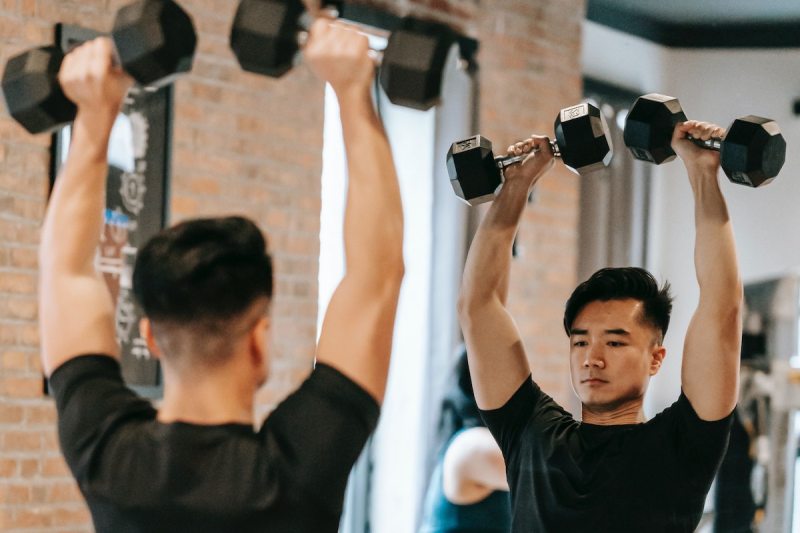Maybe you’re a runner who loves feeling the breeze on your cheeks while zooming through the trail or city streets. Maybe pumping iron and feeling your muscles swell is your thing, or practicing yoga, going swimming, or powering through a high-intensity interval training class. We favor different types of exercise at varying intensities, and all of these different types have benefits. Exercising is part of a healthy lifestyle. One question that comes to mind is whether you will exercise more if you stick to what you enjoy. Are you more likely to put the effort in when it’s something you tend to like more or if you have control over the exercise or the intensity? Recently, researchers set out to find some answers.
The study

In a study published in the International Journal of Behavioural Nutrition and Physical Activity, the researchers wanted to determine if participants trained more frequently when they were allowed to self-regulate their exercise intensity according to their own preferences and tolerance. They wanted to know how to motivate people to exercise more and suggested that educating them on the health benefits of exercise isn’t enough to get people to take action and get moving.
The researchers from Lusófona University in Lisbon, Portugal, instead focused on pleasure as a leading motivating factor, and they invited 46 adults who weren’t regular exercisers to join exercise classes. Over eight weeks, study participants could join a workout class at a health club every two or three days if they wanted to. If they didn’t want to, they didn’t have to.

The classes involved:
- Warming up on a treadmill.
- Five exercises in a resistance training session.
- 15 minutes of stationary cycling.
- Four stretches to cool down.
Half of the participants were allowed to choose the intensity of their exercises that felt the most pleasurable and comfortable for them. The other half had to follow standardized instructions for exercise intensity.
The results

The adults who could choose their exercise intensity based on pleasure or what they preferred attended 77% more exercise sessions than the participants who had to follow the standardized instructions. The participants who weren’t able to choose the exercise intensity attended classes an average of 8.13 times in eight weeks and reported smaller improvements in mood, whereas those who had the freedom of choice went to the health club 14.35 times and reported much higher improvements in mood. Exercise yielded a more positive emotional response in those who self-regulated their workout intensity.
The takeaway

If you prefer lower-intensity sessions, go with that. If you prefer higher intensity intervals that are over quicker, go with that. The takeaway here is that when you have more control over your exercise plan and you’re able to choose the intensity you prefer, you’re more likely to get a better mood and a positive impact from working out. You might also exercise more often, which is good news for your overall health and fitness.
This study suggests that sticking with exercise intensities that you find more comfortable or pleasurable could be more motivating, and let’s face it, motivation is what gets you moving. If your main issue is showing up to exercise, it could be time to take the reins and consider the exercise intensity that appeals to you the most.




